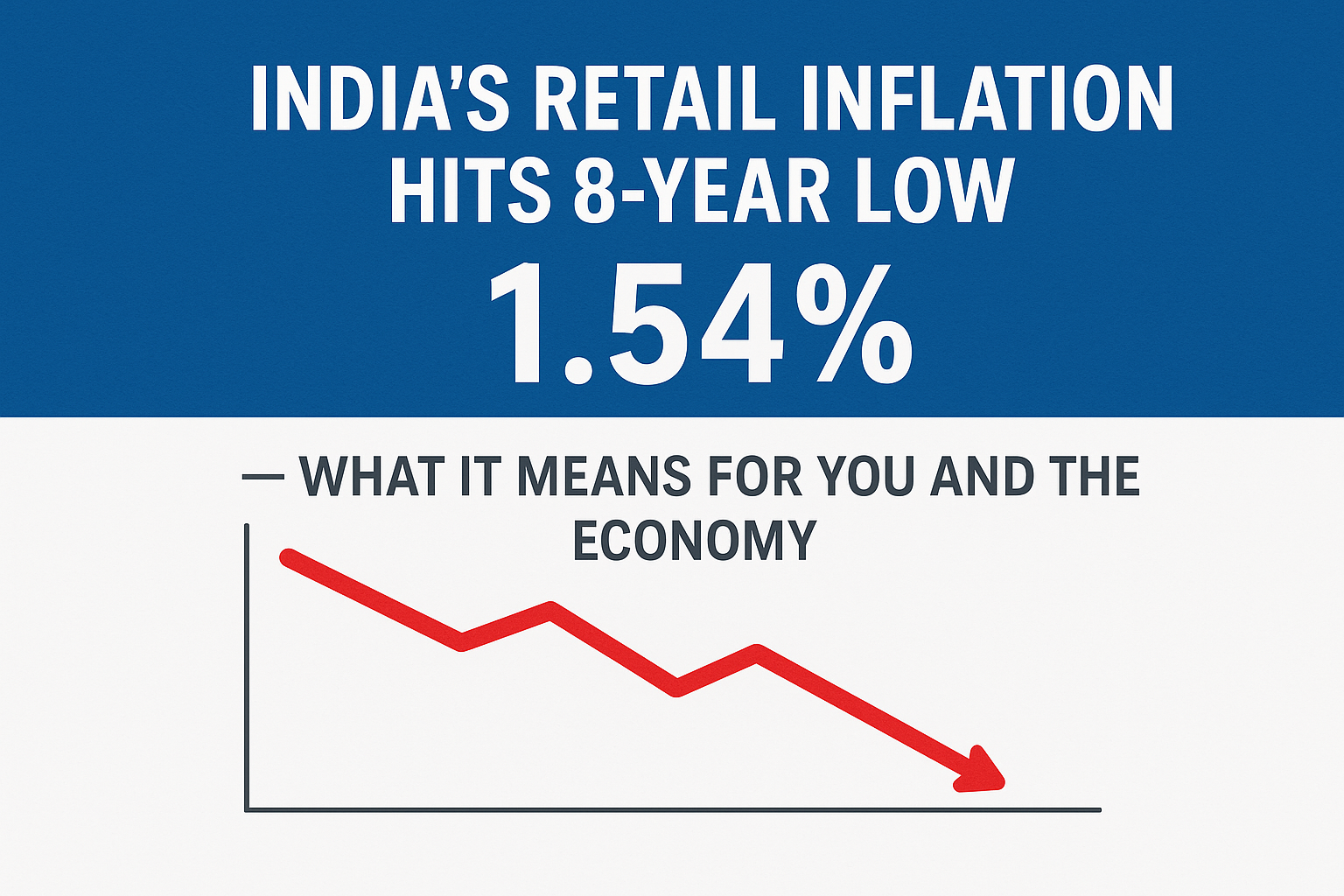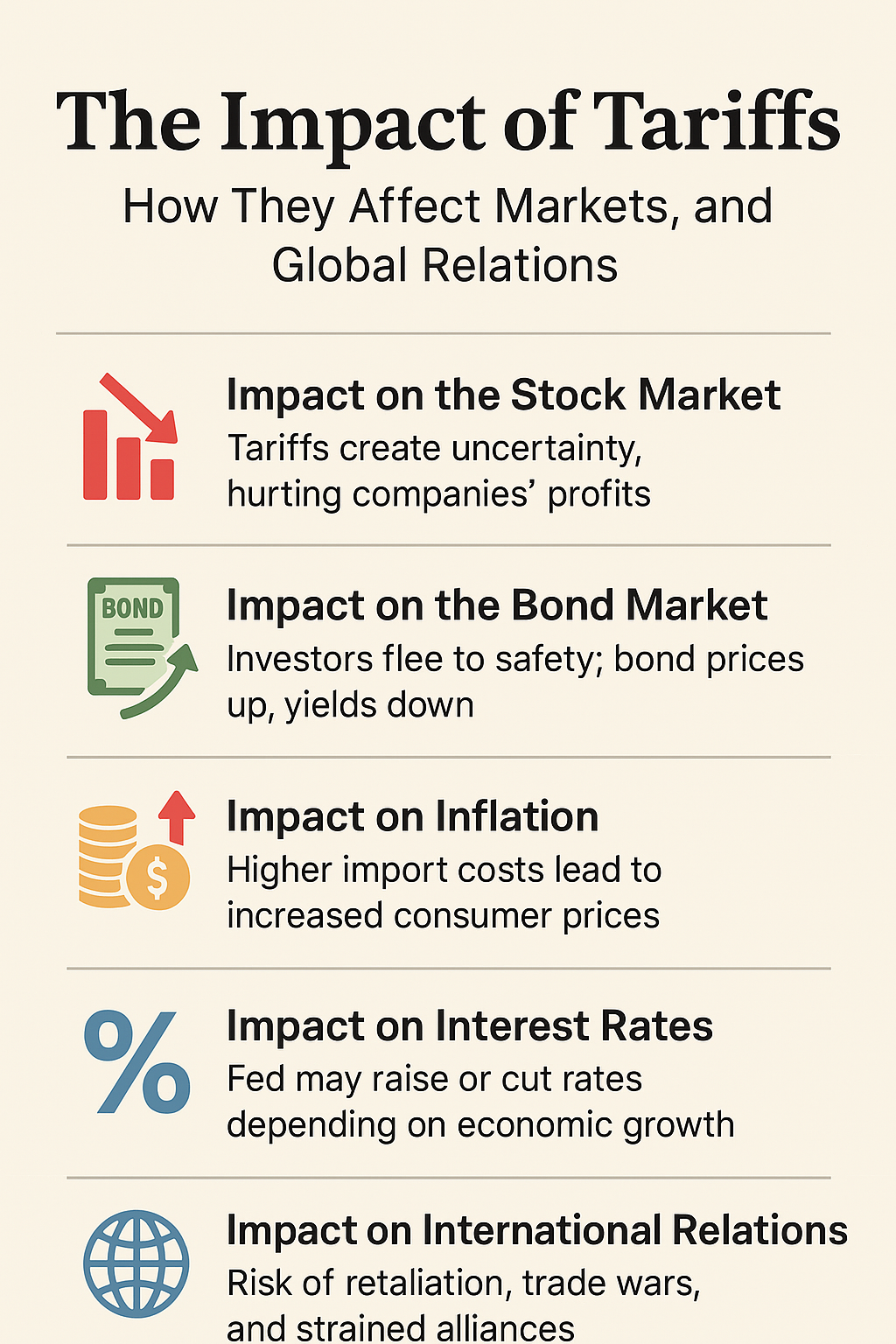For centuries, gold has symbolized wealth, power, and protection. From royal treasuries to modern investment portfolios, it’s been the ultimate “safe haven” during times of uncertainty.
But in today’s fast-changing world — with rising interest rates, digital currencies, and volatile markets — is gold still the golden choice?
Let’s break it down — the good, the bad, and the ugly truths about investing in gold.
Table of Contents
Toggle🟢 The Good: Why Gold Still Shines
Safe-Haven Asset
During inflation, wars, or market crashes, gold tends to hold or increase its value. When stock markets fall, investors often move money into gold — making it a powerful hedge against uncertainty.Protection Against Inflation
Gold prices often rise when currencies lose value. It acts as a shield when inflation erodes the real worth of cash and fixed deposits.Global Liquidity
Gold is universally recognized. Whether in India, the U.S., or Europe, you can sell it easily — physical or digital — almost anywhere.Portfolio Diversification
Gold usually moves inversely to equities. Holding 5–10% of your portfolio in gold can reduce overall volatility and balance your risk.Cultural & Emotional Value
In countries like India, gold isn’t just an asset — it’s tradition, security, and pride. Jewelry purchases often double as long-term investment.
🟠 The Bad: Where Gold Loses Its Shine
No Regular Income
Unlike stocks or bonds, gold doesn’t pay dividends or interest. Your return depends only on price appreciation, which may take years.Storage & Insurance Costs (Physical Gold)
Keeping gold safe — lockers, storage, or insurance — adds to your cost and eats into profits.Capital Gains Tax
In India, gold held for more than 3 years is taxed as long-term capital gains at 20% with indexation. This reduces your effective returns.Price Volatility in Short Term
Gold can swing sharply in response to global events or currency changes. If you enter at the wrong time, short-term returns can disappoint.Opportunity Cost
When equity markets or bonds perform well, gold may underperform — meaning your money could have worked harder elsewhere.
🔴 The Ugly: Hidden Risks Most Investors Ignore
Speculative Hype & Fear Buying
Many investors rush to buy gold during crises — but by then, prices are already high. Panic-driven buying often leads to poor entry points and low future returns.Currency & Interest Rate Sensitivity
Gold is inversely linked to the U.S. dollar and interest rates. When rates rise, investors prefer interest-bearing assets — often leading to a fall in gold prices.Digital Gold & Fraud Risks
While apps and online platforms make gold investment easy, not all are well-regulated. Poor custodianship or lack of physical backing can put your investment at risk.Limited Industrial Use
Unlike silver or copper, gold’s industrial demand is limited — meaning its price depends more on sentiment and speculation than actual consumption.
Verdict: Should You Invest in Gold in 2025?
Gold remains a timeless asset, but not a complete investment strategy by itself.
A balanced approach works best:
| Investment Type | Ideal Allocation | Purpose |
|---|---|---|
| Physical Gold / Jewelry | 5–10% | Emotional & cultural value |
| Gold ETF or Sovereign Gold Bonds (SGBs) | 5–10% | Diversified, tax-efficient exposure |
| Digital Gold | Up to 5% | Liquidity & convenience |
Smart investors don’t worship gold — they use it wisely as insurance against volatility, not as the core of their wealth.
Key Takeaway
Gold will always have emotional and strategic value, but remember:
“Gold protects your wealth — it doesn’t multiply it.”
For 2025 and beyond, combine gold with equities, bonds, and global assets for true financial resilience.




